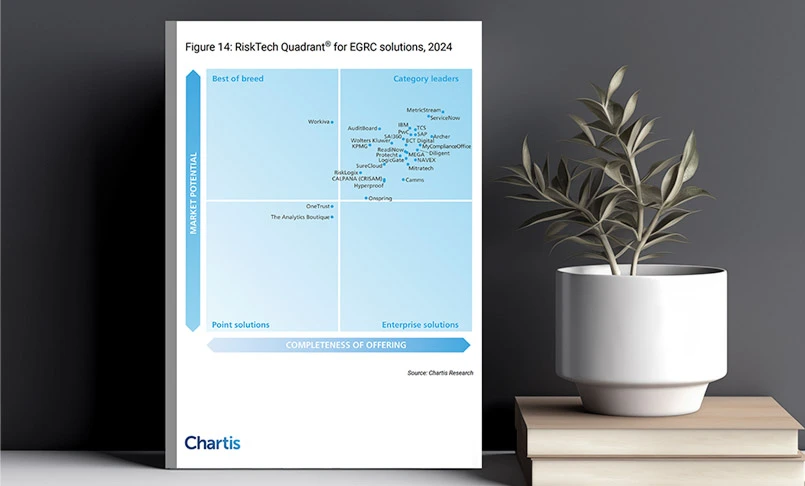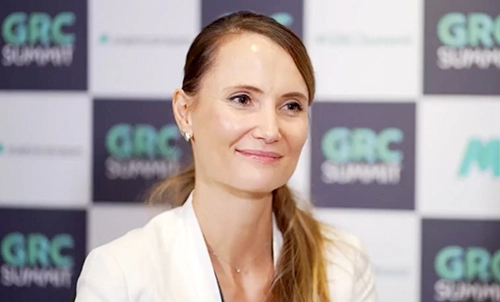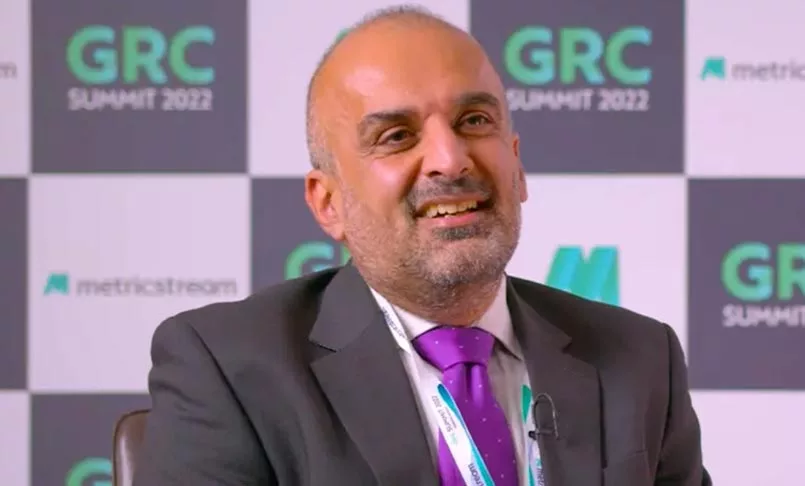Are You Ready for the Predictive Analytics Revolution?
- GRC
- 18 April 17

Introduction
Organizations face mounting pressure to improve operational efficiency, and drive business performance and profitability. Volatile economies, evolving regulatory frameworks, and threat agents that penetrate sophisticated detection tools demand more stringent measures. However, many organizations still rely on traditional and manual processes to manage risks, monitor fraudulent transactions, and investigate incidents that have the potential to cause irreparable reputational damage and financial loss. Forward-looking enterprises have started reimagining their processes, ridding their system of guesswork and instinct in favor of more robust analytics tools, monitoring processes, and metrics.
Buffeted by diverse and complex challenges, many organizations are turning their attention to predictive analytics [1] to foresee future trends (often by processing petabytes of existing data), as well as to deal with the business issues at hand. Such systematic analysis and interpretation of data helps organizations maximize productivity, reduce wasted efforts, deal with uncertainties (e.g., product failure)[2], and drive profits.[3] These new approaches have the potential to give enterprises a firmer grip on their fast-growing big data.
Big data analytics and predictive models have entered a period of significant technological maturity, becoming more powerful in terms of data aggregation and analysis,[4] and more widely available than ever before. Simply put, it’s about proactively managing risk. An expert’s take is that predictive analytics practices provide enterprises a deep and accurate understanding of how and where fraudulent transactions originate. They can also help organizations track fraud patterns in real time, and step up to meet the challenges from new types of attacks.
Corporate transparency is a big ask in today’s world. By ensuring accuracy and consistency in enterprise data,[5] predictive analytics is helping companies report more of their financial details in an age hungering for greater accountability. The 2015 Edelman Trust Barometer, for instance, finds that “more than half of the global informed public believe that business innovation is driven by greed and money rather than a desire to improve people’s lives.”[6] It follows that companies possessing the tools that can help them demonstrate more transparency in corporate reporting are more likely to build trust with the informed public.[7]
Predictive analytics is now a key component in the risk and fraud management repertoire of banks, especially in the light of recommendations like the Basel laws around key risks in banking. Such risks include information theft, hacking, third-party theft, and forgery. “Is the customer really who he or she claims to be?” That is essentially what customer identity verification seeks to answer. By assembling data points on the customer from scattered online and offline, data integration tools can help in building a unified profile of the customer. These include data points such as the customer’s name, address, email,[8] negative news about the customer, and even scans against watch lists of embargoed persons.[9] Analytical tools can then return a risk score for the profile, which indicates the right amount of risk the customer poses to the bank.[10]
[1] A Predictive Analytics Primer
[2] Enterprise risk management
[3] Big Data: The Organizational Challenge
[7] World’s top companies fall short on transparency
[8] Know Your Customer Risk Assessment Guide
[10] Big Data for Financial Inclusion: Is Boring Better?
[11] Know Your Customer Risk Assessment Guide
[12] The Predictive Power of Data






